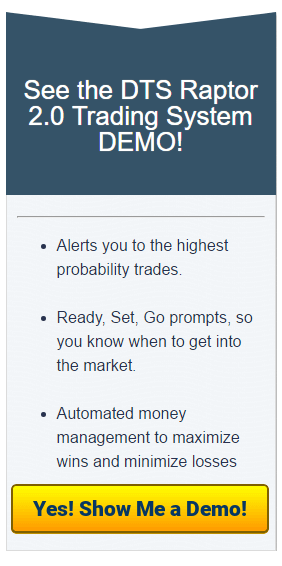Day Trading Tips and Tricks
The Mother of all NinjaTrader Divergence Indicators
This product is no longer available. As an alternative, we recommend the Bollinger Bands Suite.
If you have been using mechanical tools to plot divergences, or using some of the simplistic divergence tools that are out there, then this divergence/convergence indicator is for you. In a nutshell, the Multivariate Divergence Indicator for NinjaTrader offers:
- 26 Indicators to compare against (like MACD, CCI, RSI, etc)
- 7 Different automatic Divergence types
- Optional Fibonacci retracement lines
- Sound alerts
- Full customization options
- Real-time or Historical
Click on the image to watch an video overview of the Multivariate Divergence Indicator.
Convergences and Divergences are used to find inconsistencies between price and the derived indicator. This can lead to a very profitable, but very short lived, opportunity that you don’t want to miss.
The Multivariate Divergence indicator provides you with thousands of opportunities to find the convergence or divergences that you require in your trading strategy, with instant notification.
Currently the Multivariate Divergence indicator can check against 26 standard indicators, and can check for divergences and convergences in 7 unique ways. The Multivariate Divergence indicator runs on real-time or historical data feeds, can alert you with a sound when a divergence or convergence is found, and optionally plot a Fibonacci retracement at the point of the divergence or convergence.
What are the Divergence Types?
Divergence types are the method used to compute the divergences/convergences. The Multivariate Divergence Indicator for NinjaTrader currently can compute a divergence or convergence in 7 unique ways, as outlined below.
- Peak to Peak (P2P) – Computes the divergences and convergences based strictly on the peaks of high values found within your look back period.
- Valley to Valley (V2V) – Computes the divergences and convergences based strictly on the valleys of low values found within your look back period.
- TrendLine – Computes the divergences and convergences between price and indicator based on the linear regression trend line formed for your specified look back period
- Steps – Computes the divergences and convergences between price and indicator based on the number of bars that are sequentially increasing or decreasing.
- EMA Slope – Computes the divergences and convergences between price and indicator based on the slope of a smoothed EMA line.
- Standard Deviation – Computes the divergences and convergences between price and indicator based on a line fitting within a specified number of standard deviations from a trend line.
- Exact Bars Back – Computes the divergences and convergences between prices and indicators based on the slope of the line from exactly the number of bars back you specify as a look back period.




